Do you know what makes the PERFECT unit study topic? The solar system! I have no idea how we have written 11 full unit studies and not tackled this perfect topic yet.
But not to worry, that oversight has been rectified! Goodness, I am sounding very scholarly today. It must be all these unit studies I have been writing.
Guess what launches in the shop today? Our Solar System Unit Study!
Grab a sample pack and take a peek inside three of my Unit Studies! You can also see the entire collection of Unit Studies available in my shop right here.
If you are new here, let me explain. Each month, I release a brand new Family Unit Study, which is perfect for the whole family to enjoy together, as the activities work for all children aged 6-12 years old. In fact, most of the activities work perfectly for younger children, too!
Each Unit Study covers 10 topics, and each of those 10 topics includes:
- An interesting fact and discussion question
- Informative readings at your fingertips
- A suggested book that fits that topic
- ‘What’s Happening’ information to accompany your hands-on activity
- A curated YouTube video
- A math word problem or literacy prompt
- AND a hands-on activity with materials you already have at home!
The entire purpose of our unit studies is to dive into deep, meaningful learning, and there is no better way to do that than with hands-on activities.
Today, for the sneak peek of our Solar System Family Unit Study, I thought I would share with you a few of the hands-on activities that await you and yours. Remember, this is just a tiny preview—there is SO MUCH more inside the unit study for you to discover.
Alright, without further ado, here is your tiny-little-sneak-peek preview of a few of the hands-on activities:
The Solar System Family Unit Study
Topic One: The Sun
The Sun is a star and the center of our Solar System. It is orbited by eight planets, along with dwarf planets, asteroids, and comets. The Sun is made of gas, primarily helium, and hydrogen, and gives off the heat and light that allows life to survive on Earth.
Our hands-on activity for this section is to make a super cool, super easy, super functioning (okay, I am not sounding super scholarly anymore) SUNDIAL!
Topic Three: Venus
Venus is the second planet from the Sun and is named after the Roman goddess of love and beauty. Even though it isn’t the closest planet to the Sun, it is the hottest. On Venus, metal would melt into puddles of liquid! Venus is a rocky planet with a thick atmosphere of carbon dioxide and clouds made of sulfuric acid.
Our hands-on activity for this section is to create our very own rocky Venus (using materials you already have at home!)
Topic Five: Mars
Mars is the 4th planet from the Sun, named after the Roman god of war. It is also known as the “Red Planet” and is a cold, desert-like world. It’s about half the size of Earth, and, like Earth, Mars has seasons, polar ice caps, volcanoes, canyons, and weather!
Our hands-on activity for this section goes along with the readings found in the Unit Study and is all about finding out what it would take to create a home on Mars… and then creating that home!
Topic Nine: Neptune
Neptune is the eighth planet from the Sun and is named after the Roman god of the sea. Like Uranus, it is an ice giant and also has a blue appearance from the methane in its atmosphere. However, scientists are baffled by how blue Neptune is, as it actually has less methane than Uranus.
Our hands-on activity for this section dives into learning about the moons for each planet. For this activity, we create Neptune’s 14 moons.
And there you have it! A tiny little peek into all the fun and deep learning that awaits you and your children as you dive into learning about the Solar System.
Grab your copy of the Solar System Unit Study right here:
https://shop.howweelearn.com/products/family-unit-study-the-solar-system
And be sure to check out our ever-growing collection of Family Unit Studies in my shop while you’re there!
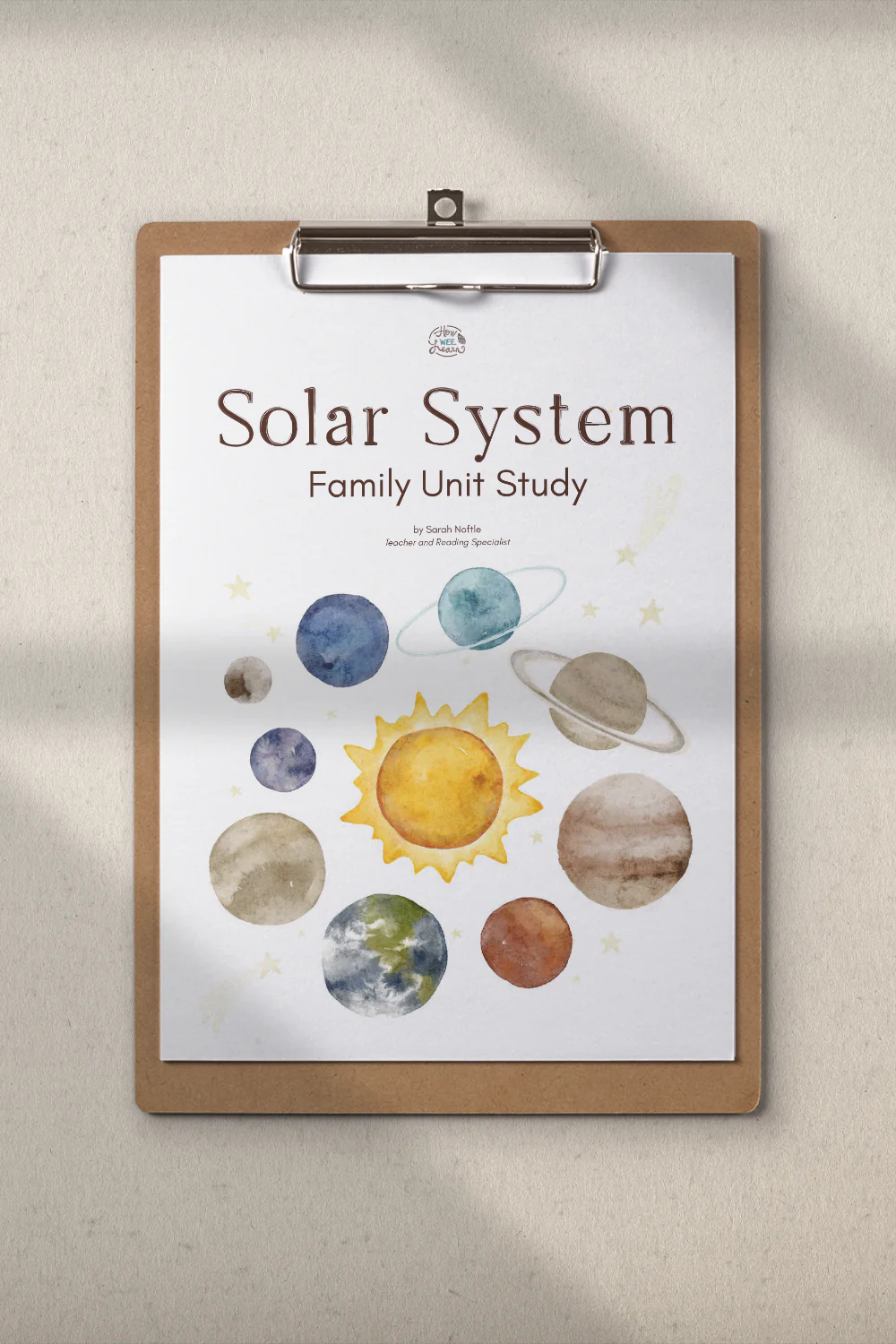 |
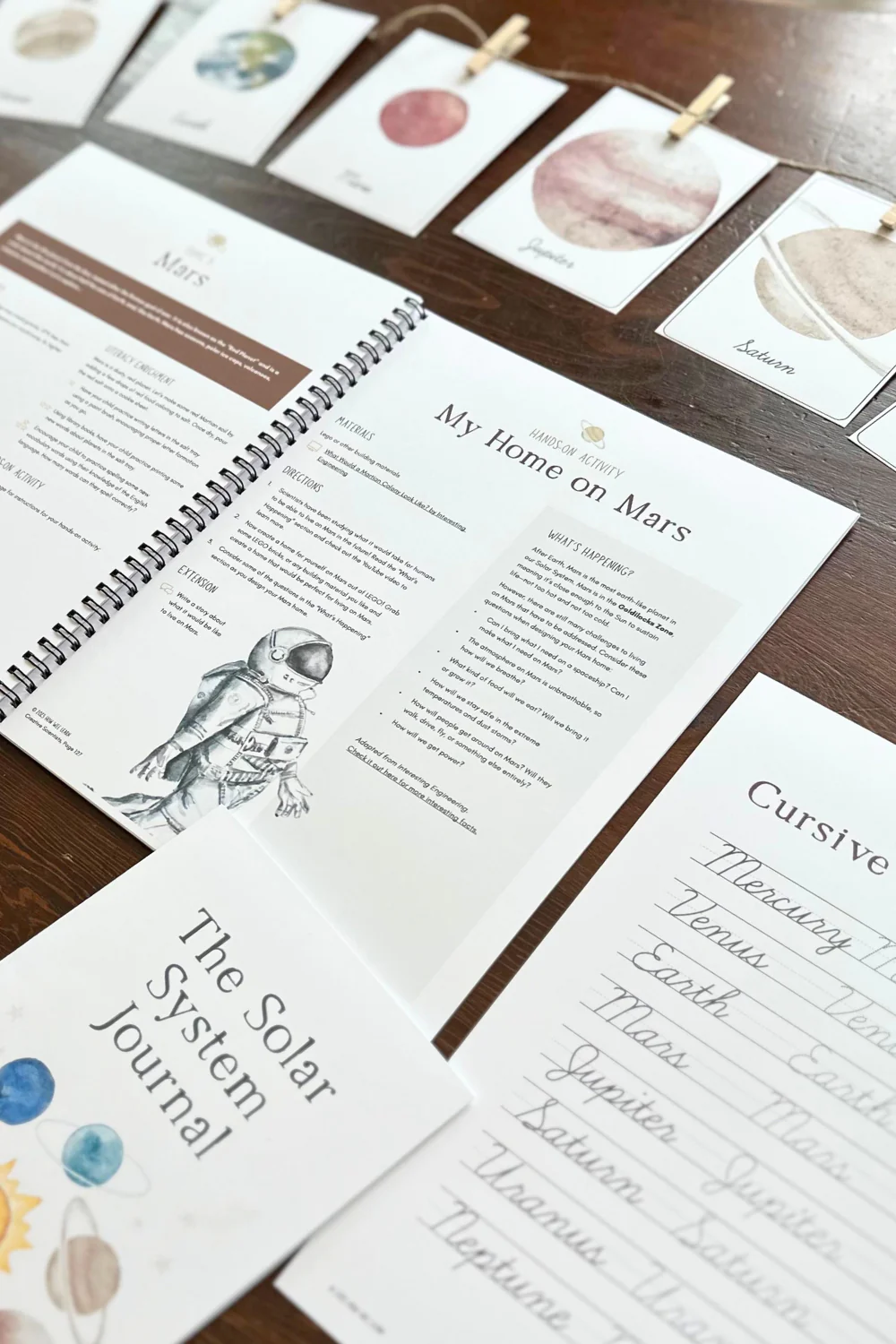 |
xo
Sarah
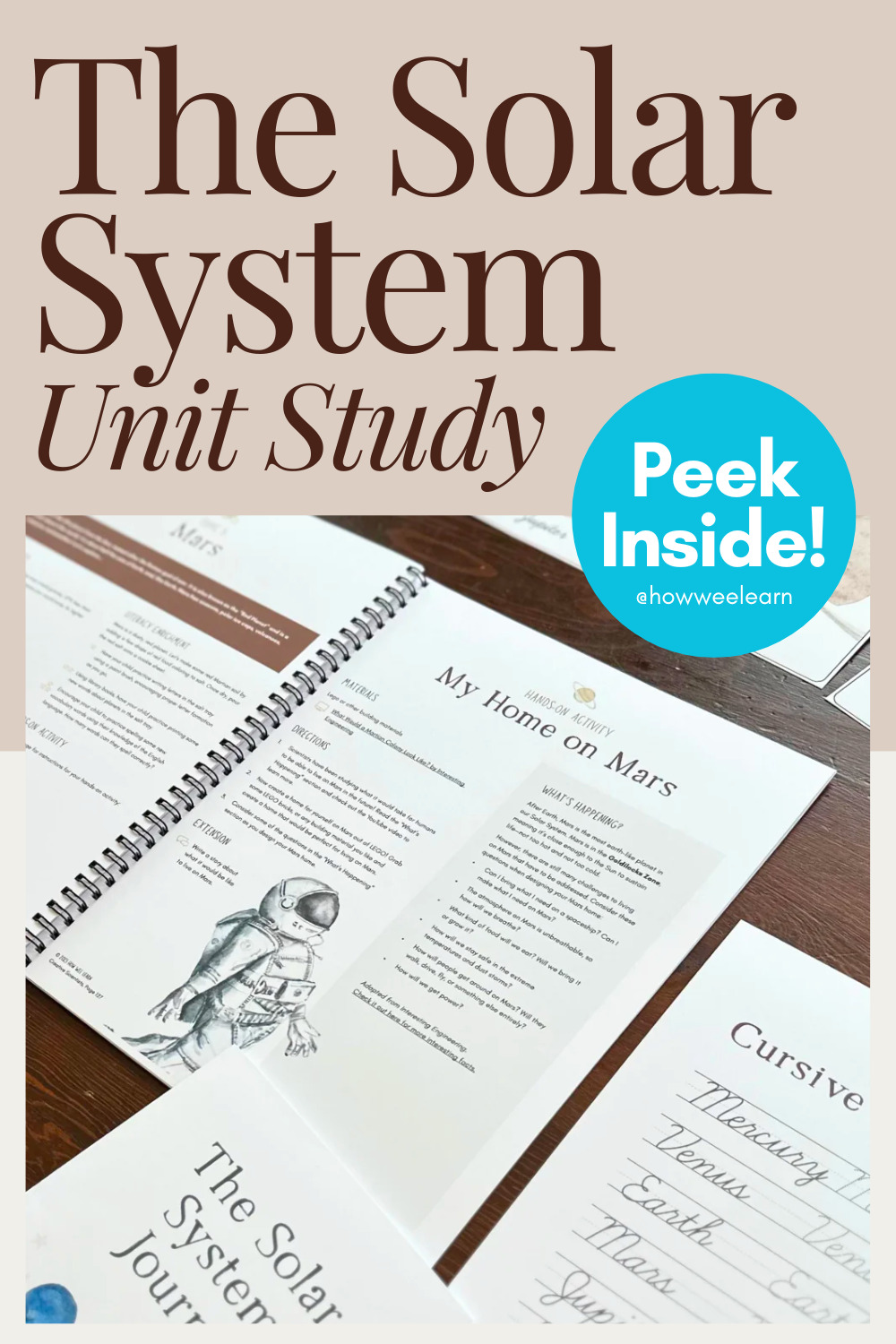
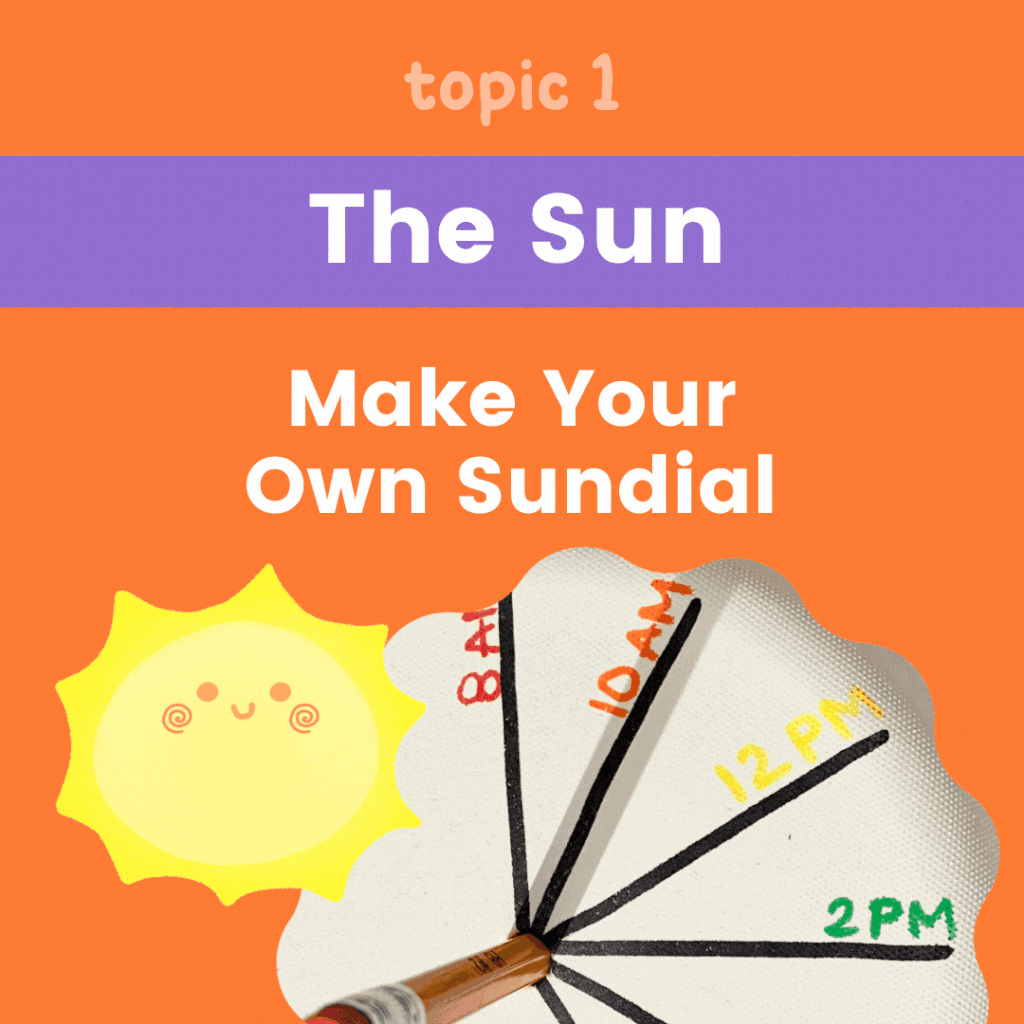
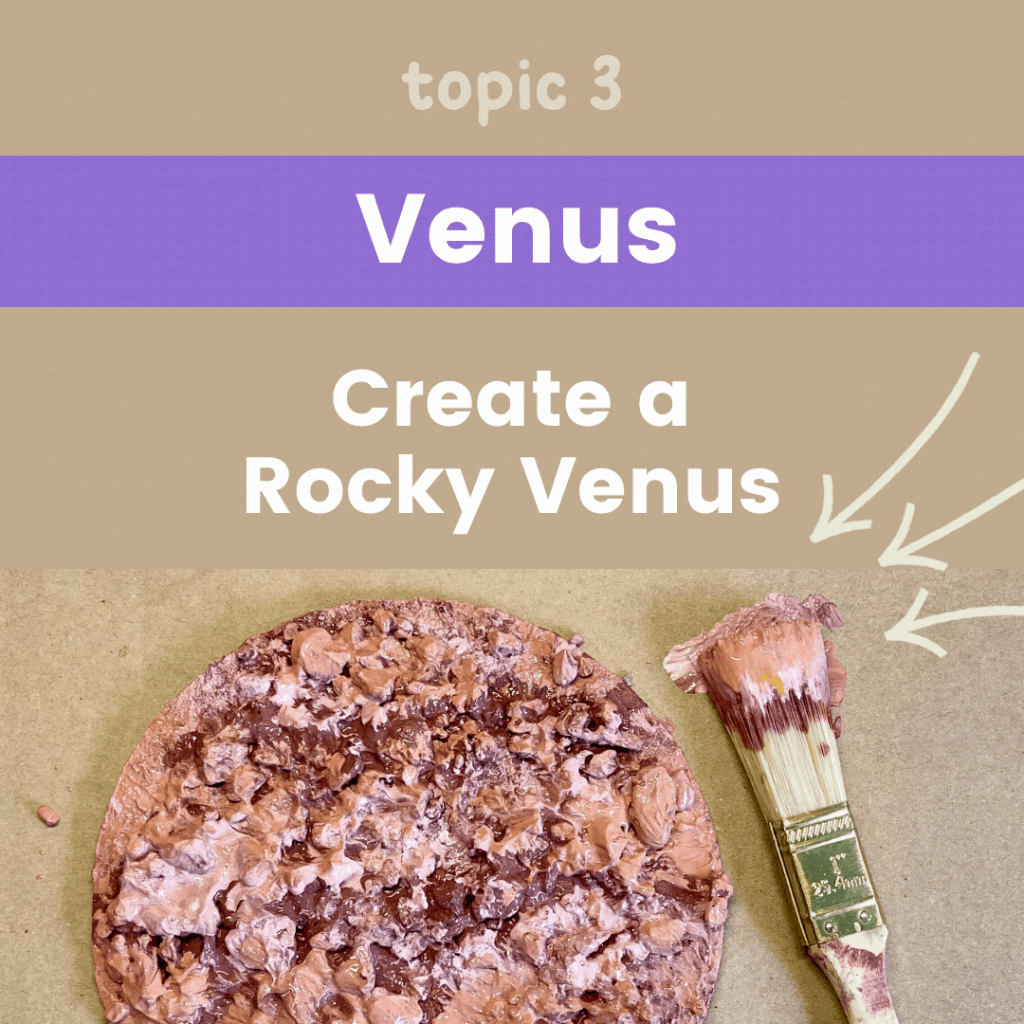
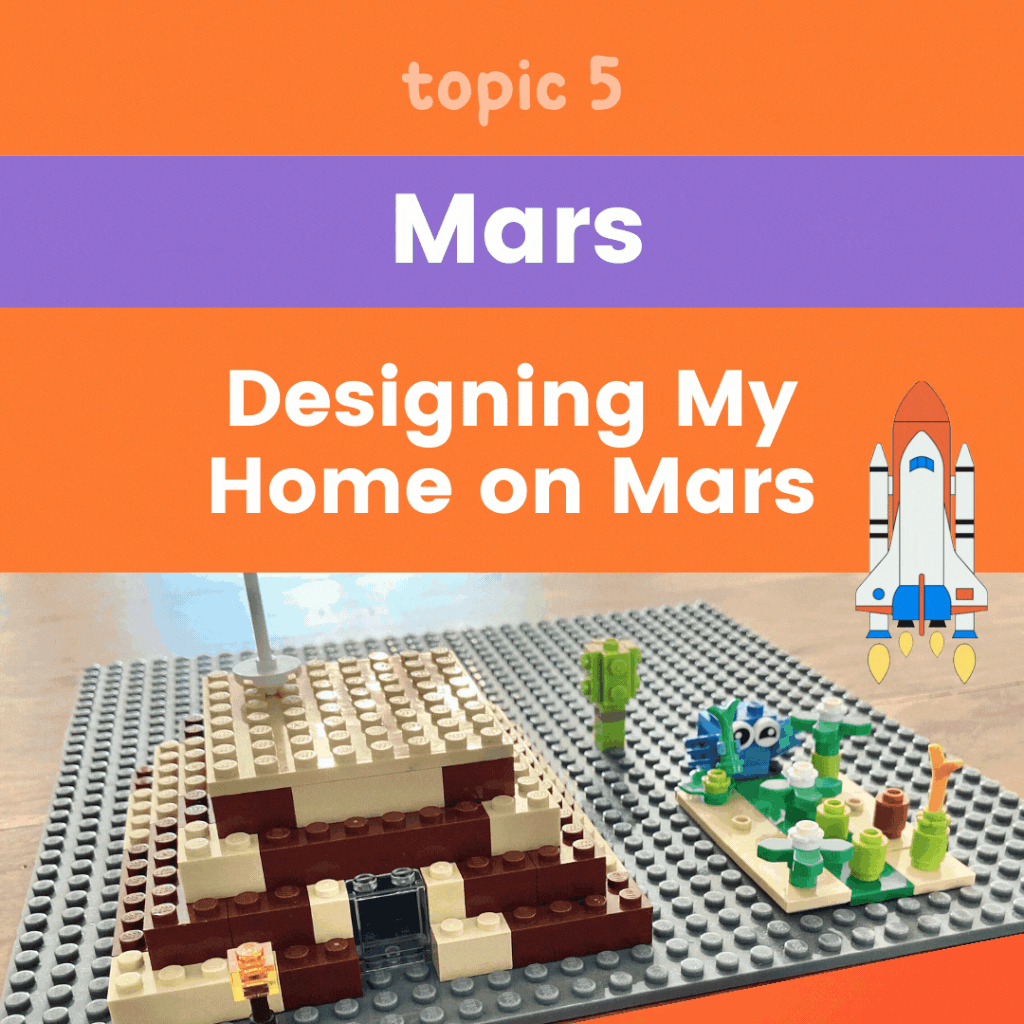
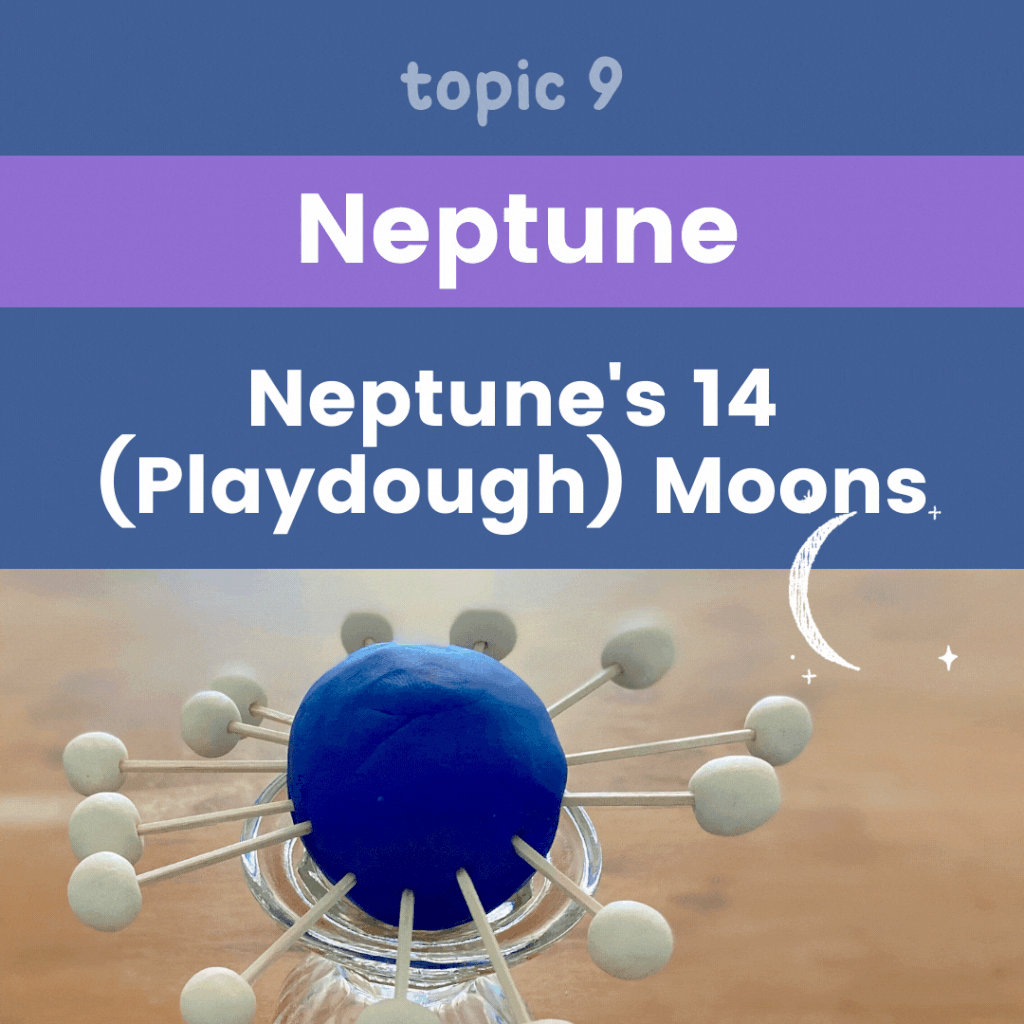
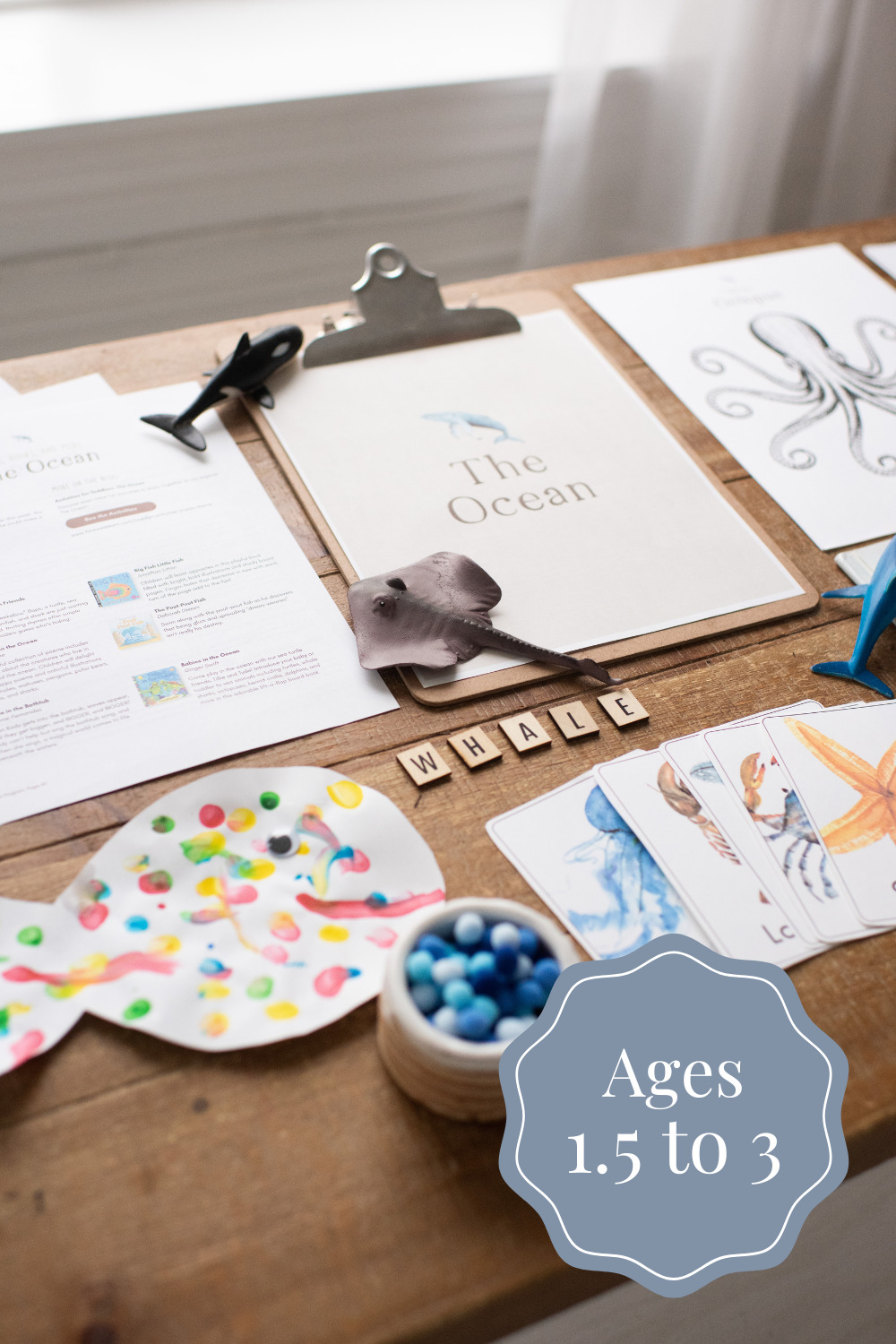
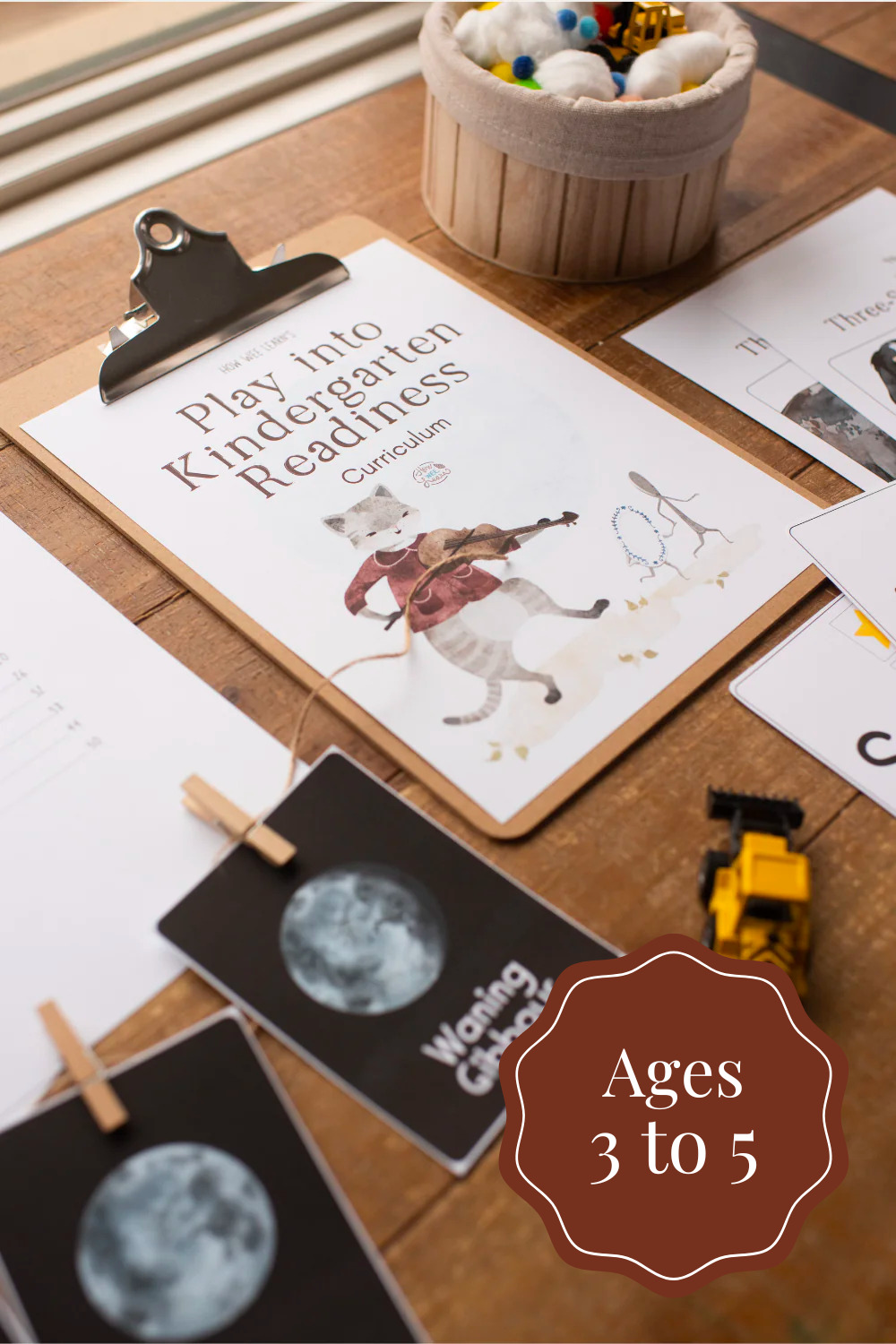
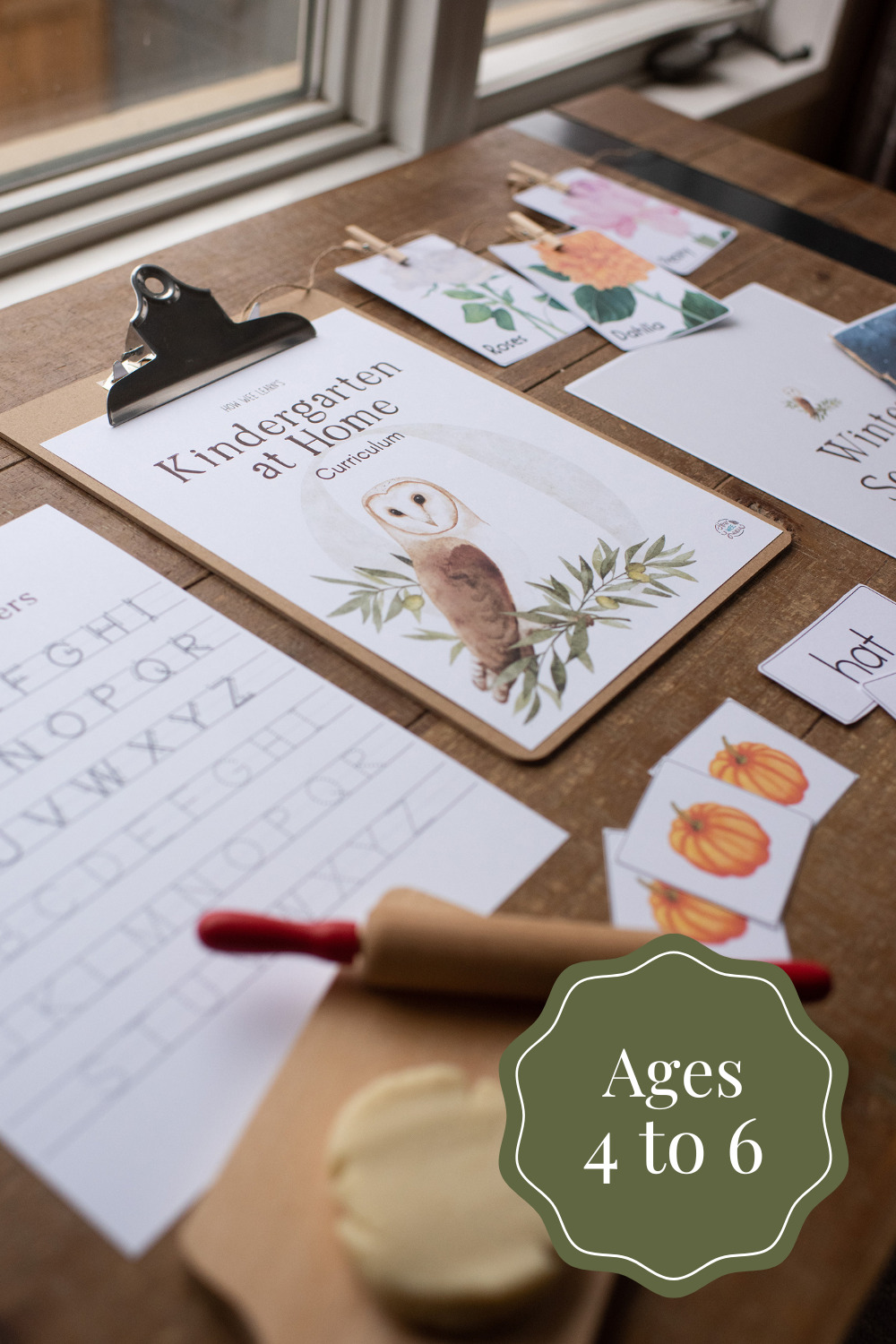


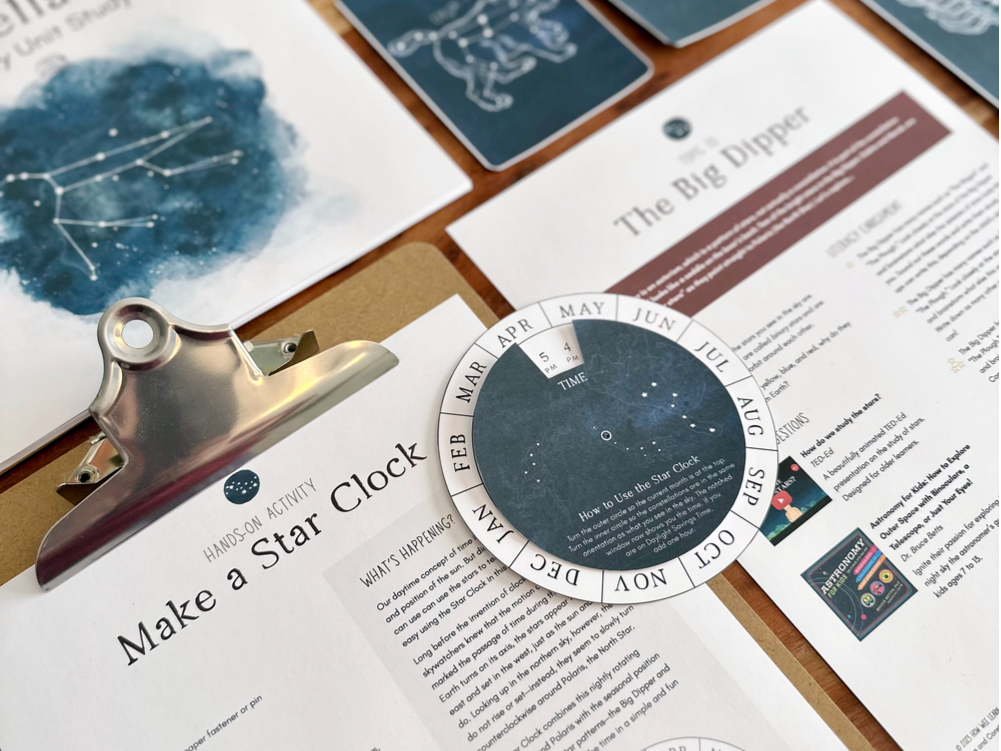
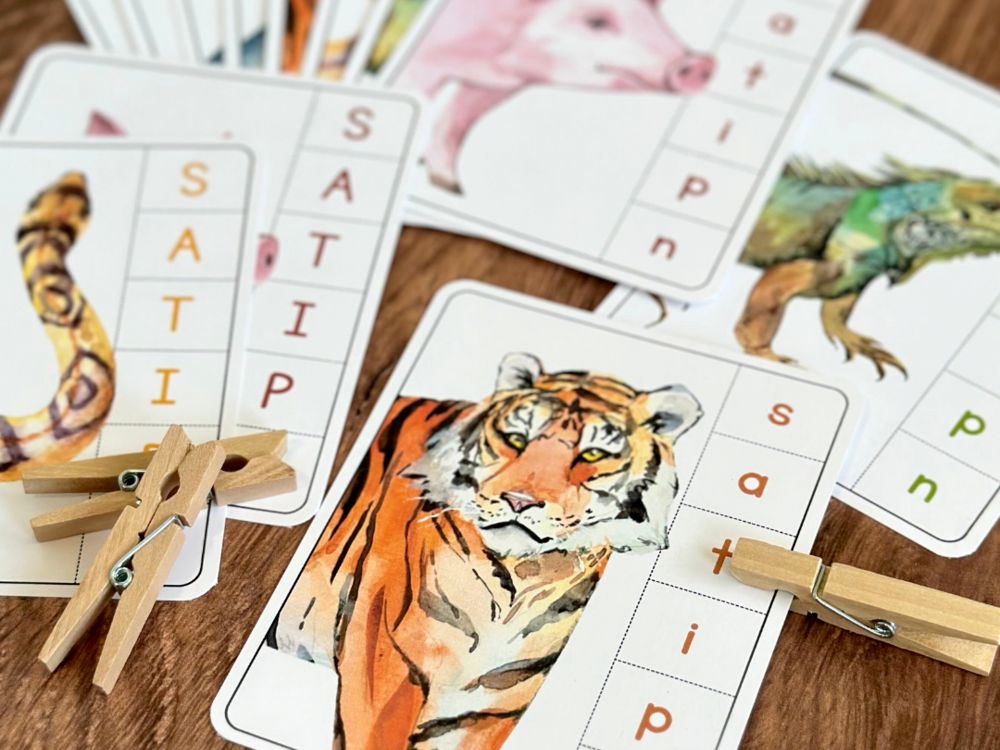
Leave a Reply